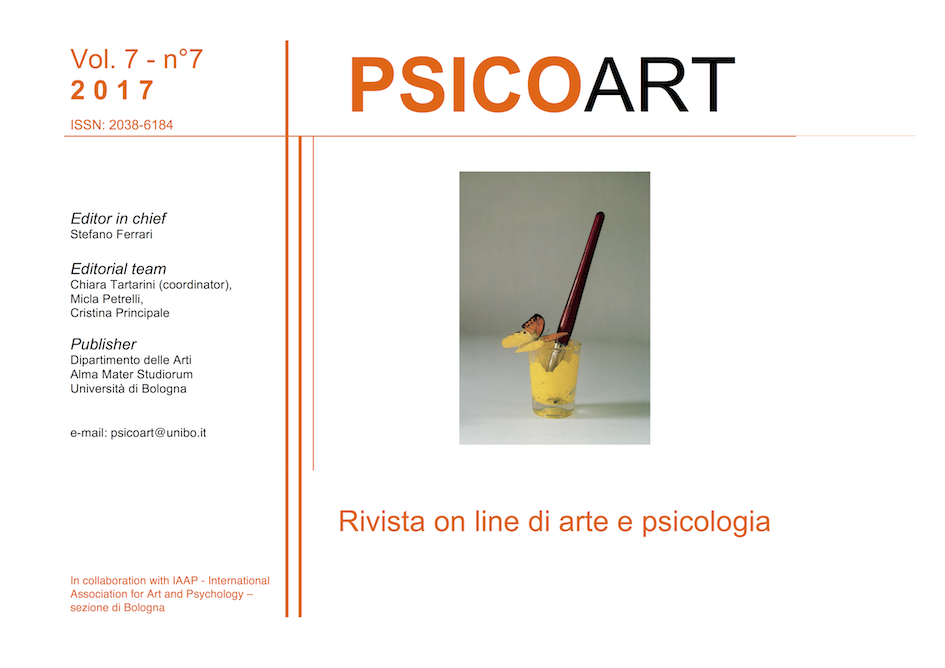Senses, Musicality and Psychotherapy in a Psychoanalytic Perspective
DOI:
https://doi.org/10.6092/issn.2038-6184/6897Keywords:
Language, Interpretation, Psychoanalytic experience, Aesthetic receptionAbstract
During the in-fancy "verbal" and "non-verbal" are united. Then, when the child begins to understand the semantic meanings of the words, the lived experience’s area and language’s area differentiate. According to some, the emotional connotation and relationship with the person who the word is learned from is essential to establish the link between thing and word. According to others, the language opens a gap between the interpersonal lived experience and the represented one, so it produces a radical split between verbal and non-verbal areas.
These different approaches have important consequences in the consideration of mutative and therapeutic aspects in the psychoanalytic experience. We can put the emphasis on the content of the analyst’s interventions or, vice versa, we can highlight the global experiential aspects, keeping separated two areas that indeed are coexisting, seeing as inescapable a rich component of direct affective meanings, even in the tone of the analyst's interventions. In the last decades, the “focus” of psychoanalysis’ interest has expanded from an almost exclusive attention to the theme of “Interpretation” to aspects that can be called "aesthetic reception" both in the patient and in the analyst, being interpretation and “aesthetic” reception intrinsically connected. This paper presents and discusses this complex issue.
Downloads
Published
How to Cite
Issue
Section
License
Copyright (c) 2017 Adolfo Pazzagli
Copyrights and publishing rights of all the texts on this journal belong to the respective authors without restrictions.
This journal is licensed under a Creative Commons Attribution 4.0 International License (full legal code).
See also our Open Access Policy.





